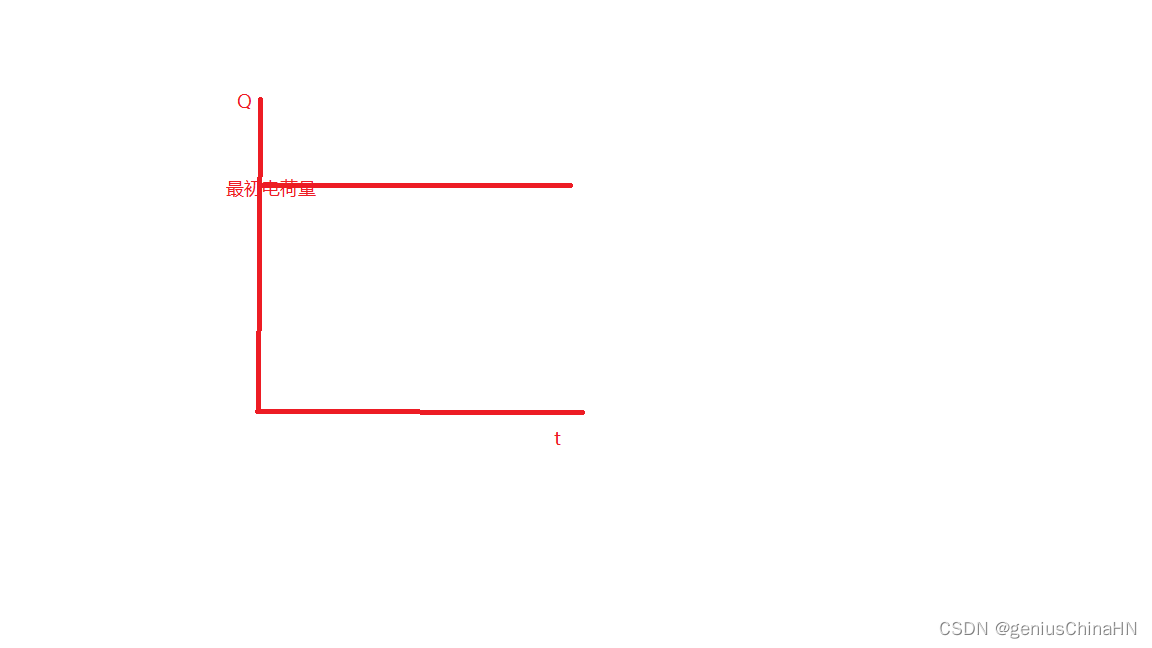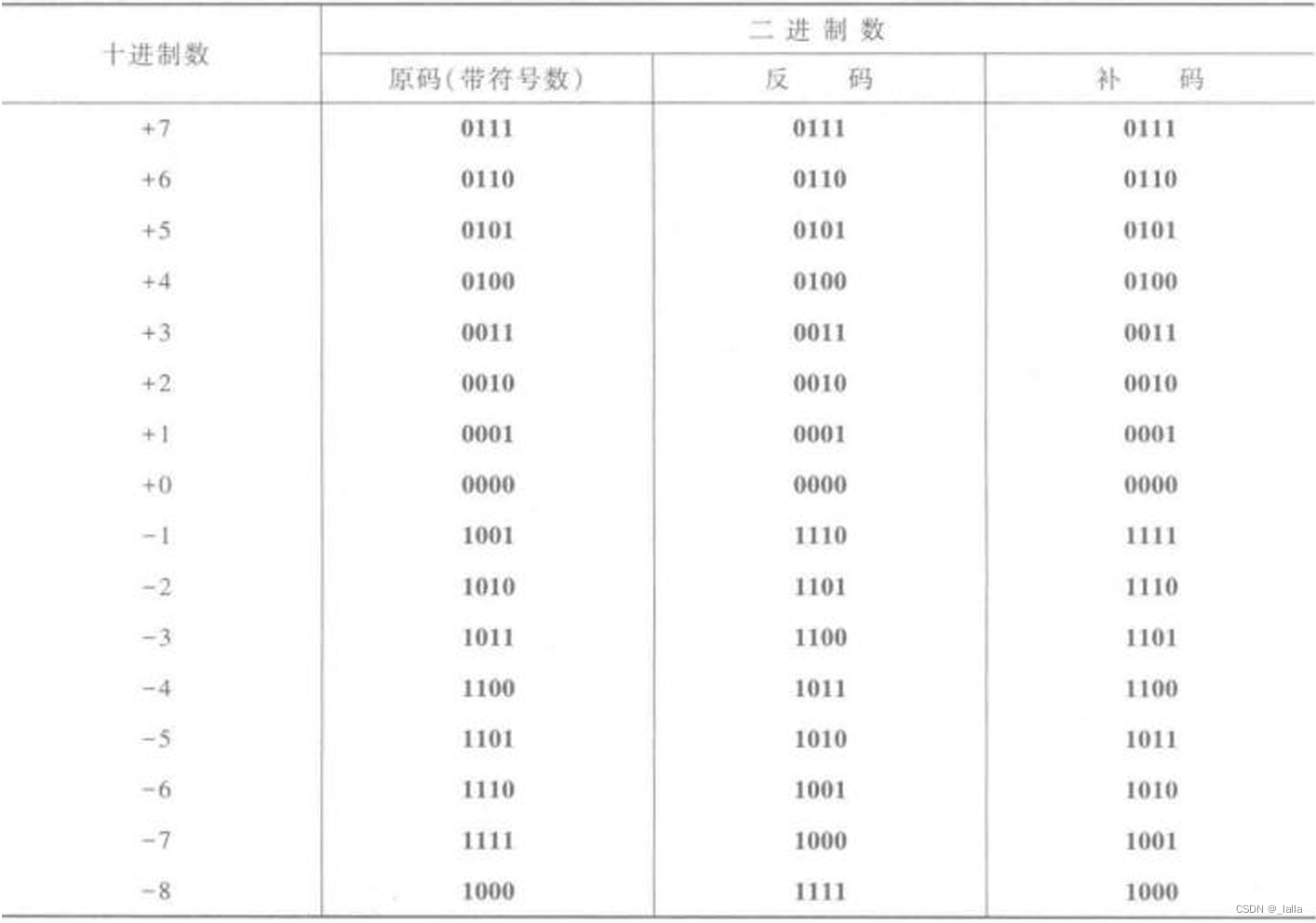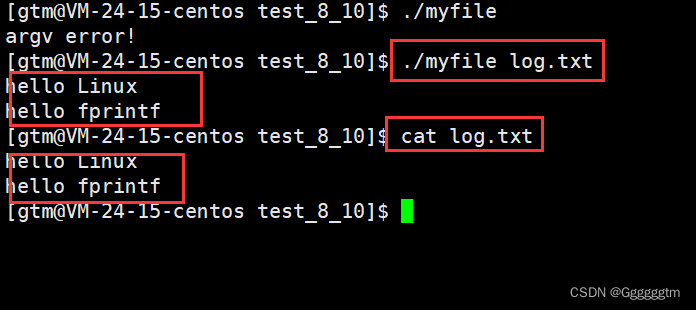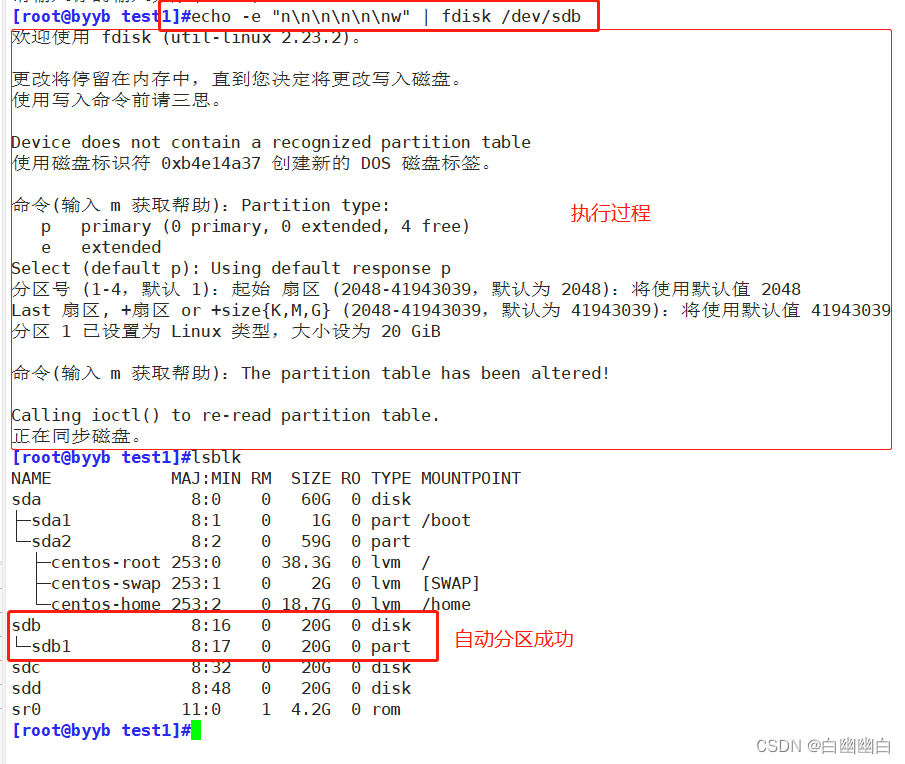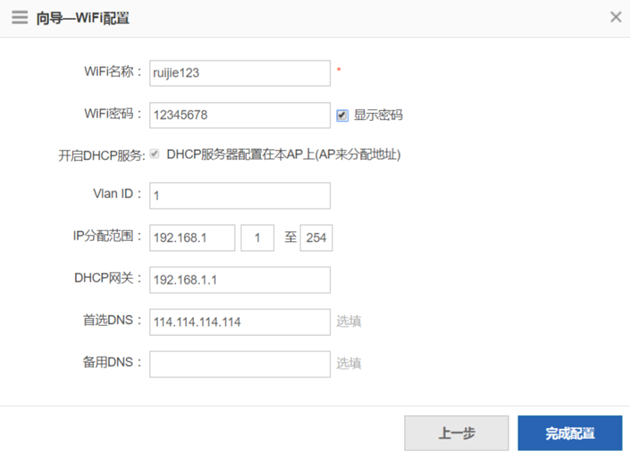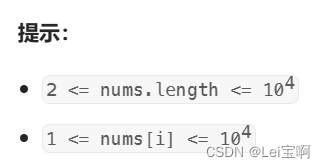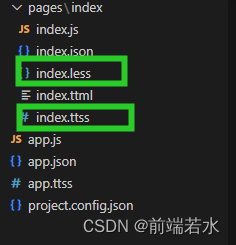在多GPU运行应用程序时,需要正确设计GPU之间的通信,GPU间数据传输的效率取决于GPU是如何连接在一个节点上并跨集群的
在多GPU系统里有两种连接方式
多GPU通过单个节点连接到PCIe总线上
多GPU连接到集群中的网络交换机上
/*
* 本示例演示了如何使用 OpenMP API 为多个 GPU 编写应用程序
在 CPU 端使用 OpenMP 进行线程处理的多 GPU 示例, 需要支持 OpenMP 2.0 的编译器
*/
#include <omp.h>
#include <stdio.h> // 使用 stdio 函数,因为 C++ 流不一定是线程安全的
#include <helper_cuda.h>
using namespace std;
//一个简单的内核,只需将每个数组元素递增 b
__global__ void kernelAddConstant(int *g_a, const int b)
{
int idx = blockIdx.x * blockDim.x + threadIdx.x;
g_a[idx] += b;
}
// 一个谓词,用于检查每个数组元素是否被设置为其索引加上 b
int correctResult(int *data, const int n, const int b)
{
for (int i = 0; i < n; i++)
if (data[i] != i + b)
return 0;
return 1;
}
int main(int argc, char *argv[])
{
int num_gpus = 0; // CUDA GPU 数量
printf("%s Starting...\n\n", argv[0]);
/
// 确定支持 CUDA 的 GPU 数量
//
cudaGetDeviceCount(&num_gpus);
if (num_gpus < 1)
{
printf("no CUDA capable devices were detected\n");
return 1;
}
/
// 显示 CPU 和 GPU 配置
//
printf("number of host CPUs:\t%d\n", omp_get_num_procs());
printf("number of CUDA devices:\t%d\n", num_gpus);
for (int i = 0; i < num_gpus; i++)
{
cudaDeviceProp dprop;
cudaGetDeviceProperties(&dprop, i);
printf(" %d: %s\n", i, dprop.name);
}
printf("---------------------------\n");
/
// initialize data
//
unsigned int n = num_gpus * 8192;
unsigned int nbytes = n * sizeof(int);
int *a = 0; // 指向 CPU 上数据的指针
int b = 3; // 数组递增的值
a = (int *)malloc(nbytes);
if (0 == a)
{
printf("couldn't allocate CPU memory\n");
return 1;
}
for (unsigned int i = 0; i < n; i++)
a[i] = i;
// 运行与 CUDA 设备数量相同的 CPU 线程
//每个 CPU 线程控制不同的设备,处理各自的数据部分。
// 使用的 CPU 线程数量有可能多于 CUDA 设备的数量,在这种情况下,多个 CPU 线程将在同一设备上分配资源并启动内核。
// 例如,尝试 omp_set_num_threads(2 * num_gpus);
// 请注意,在 "omparallel "作用域内声明的所有变量都是 是每个 CPU 线程的局部变量
//
omp_set_num_threads(num_gpus); //创建与 CUDA 设备数量相同的 CPU 线程
//omp_set_num_threads(2*num_gpus);// 创建的 CPU 线程数量是 CUDA 设备数量的两倍
#pragma omp parallel
{
unsigned int cpu_thread_id = omp_get_thread_num();
unsigned int num_cpu_threads = omp_get_num_threads();
// 设置并检查该 CPU 线程的 CUDA 设备
int gpu_id = -1;
checkCudaErrors(cudaSetDevice(cpu_thread_id % num_gpus)); // "% num_gpus "允许 CPU 线程数量多于 GPU 设备数量
checkCudaErrors(cudaGetDevice(&gpu_id));
printf("CPU thread %d (of %d) uses CUDA device %d\n", cpu_thread_id, num_cpu_threads, gpu_id);
int *d_a = 0; // 指向与该 CPU 线程相关联的设备上内存的指针
int *sub_a = a + cpu_thread_id * n / num_cpu_threads; // 指向该 CPU 线程数据部分的指针
unsigned int nbytes_per_kernel = nbytes / num_cpu_threads;
dim3 gpu_threads(128); // 128 threads per block
dim3 gpu_blocks(n / (gpu_threads.x * num_cpu_threads));
checkCudaErrors(cudaMalloc((void **)&d_a, nbytes_per_kernel));
checkCudaErrors(cudaMemset(d_a, 0, nbytes_per_kernel));
checkCudaErrors(cudaMemcpy(d_a, sub_a, nbytes_per_kernel, cudaMemcpyHostToDevice));
kernelAddConstant<<<gpu_blocks, gpu_threads>>>(d_a, b);
checkCudaErrors(cudaMemcpy(sub_a, d_a, nbytes_per_kernel, cudaMemcpyDeviceToHost));
checkCudaErrors(cudaFree(d_a));
}
printf("---------------------------\n");
if (cudaSuccess != cudaGetLastError())
printf("%s\n", cudaGetErrorString(cudaGetLastError()));
// check the result
//
bool bResult = correctResult(a, n, b);
if (a)
free(a); // free CPU memory
exit(bResult ? EXIT_SUCCESS : EXIT_FAILURE);
}


